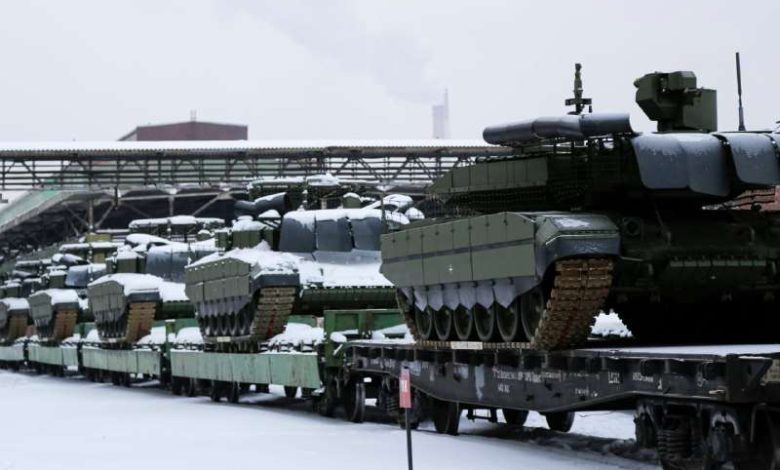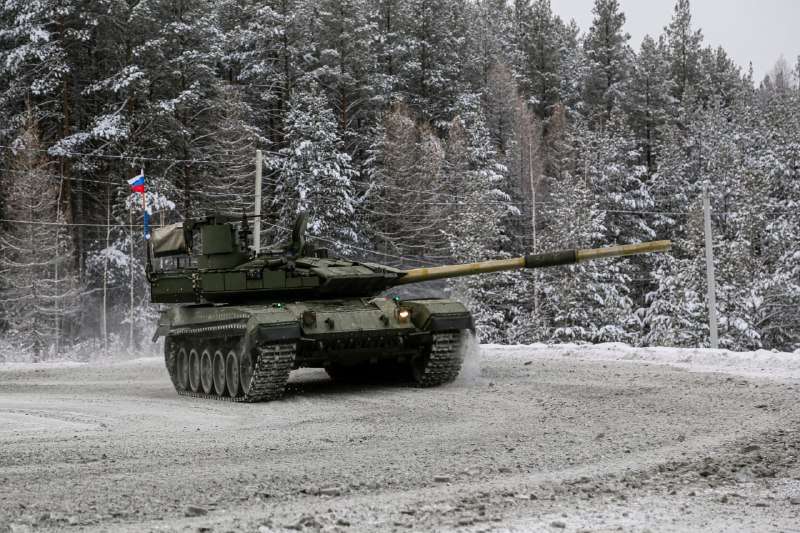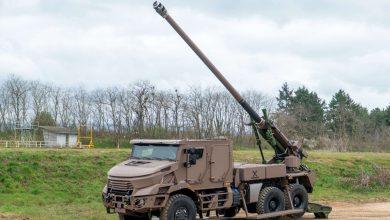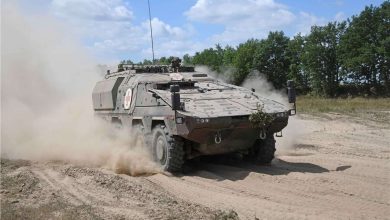
“Transforming Russian Weaponry: Strategies from Battlefield Lessons to Ignite International Interest”
Russian weaponry that has navigated the ongoing conflict in Ukraine, designed to meet the demands of modern warfare, has undergone numerous enhancements, and is expected to experience an increase in global interest in the foreseeable future, remarked the distinguished Russian defense research institute, Centre for Analysis of World Arms Trade (CAWAT).
The leading designer and producer of Russian main battle tanks, Uralvagonzavod corporation, on December 31st, announced that it successfully wrapped up the year 2024 by completing two contracts for delivering T-90M Proryv and upgraded T-72B3 tanks to the Russian Ministry of Defense. UVZ emphasized that since the initiation of the special military operation, there have been over a hundred modifications to the tanks’ structure.
“It is clear that after achieving the goals of the special military operation, Russian munitions will see an increased demand worldwide, and we are not just talking about tanks, but nearly the entire spectrum of export-oriented military equipment. What supports such an assertion? Primarily, Russian weaponry that has traversed the special military operation zone – a reality well-recognized by all prospective buyers – is tailored to the demands of contemporary combat, having undergone numerous modifications, enhancements, and upgrades based on the insights gained from real combat scenarios,” stated CAWAT.

Concurrently, according to the think-tank, the Russian special military operation in Ukraine has revealed that the armor of Leopard, Abrams, and other Western armored vehicles is insufficient against attacks from Russian artillery, ATGMs, drones, and loitering munitions.
“In general, Western equipment is overly sensitive in its operation, necessitates ‘optimal conditions’ for maintenance, is extremely difficult to repair in the field, and has demonstrated very poor off-road performance. Footage of destroyed Western armored vehicles circulated globally, which undoubtedly harmed its reputation among potential clients,” commented the Russian research organization.
According to UVZ, all its vehicles are now equipped with anti-drone nets and rubber-enhanced armor.
“The rear, engine, and engine-transmission areas of the tanks have undergone additional reinforcement. The vehicles are also fitted with systems to reduce visibility and electronic countermeasure systems to combat drones,” asserted the Russian tank manufacturer.
“A tank from early 2022 and a tank from late 2024 can be perceived as two distinctly different combat systems. For instance, regarding the protection measures, it did not take into consideration various challenges we faced right from the beginning of the special military operation,” highlighted Alexander Potapov, General Director of Concern Uralvagonzavod.







